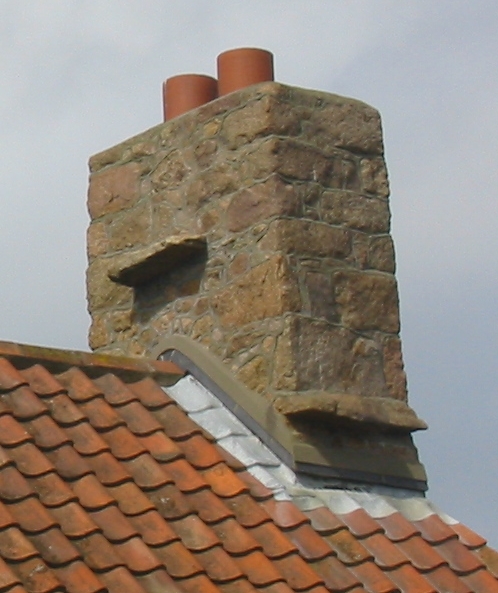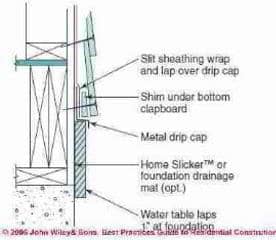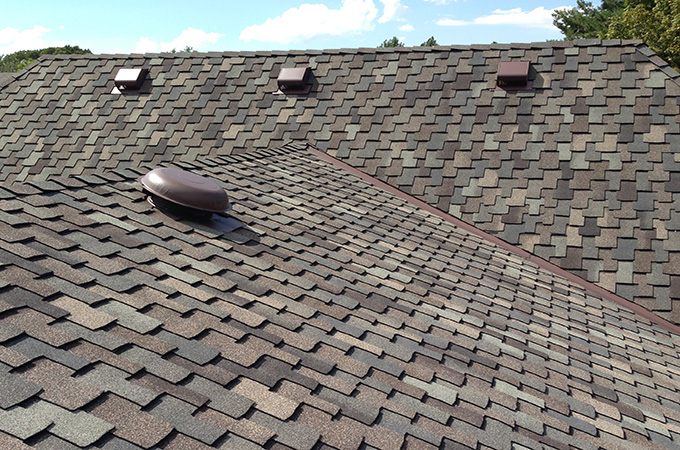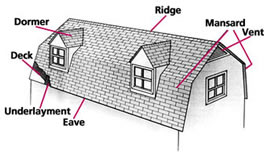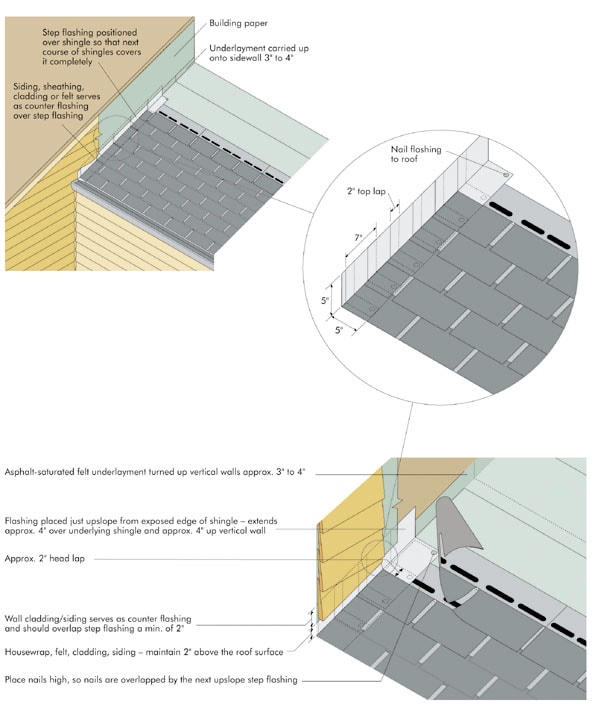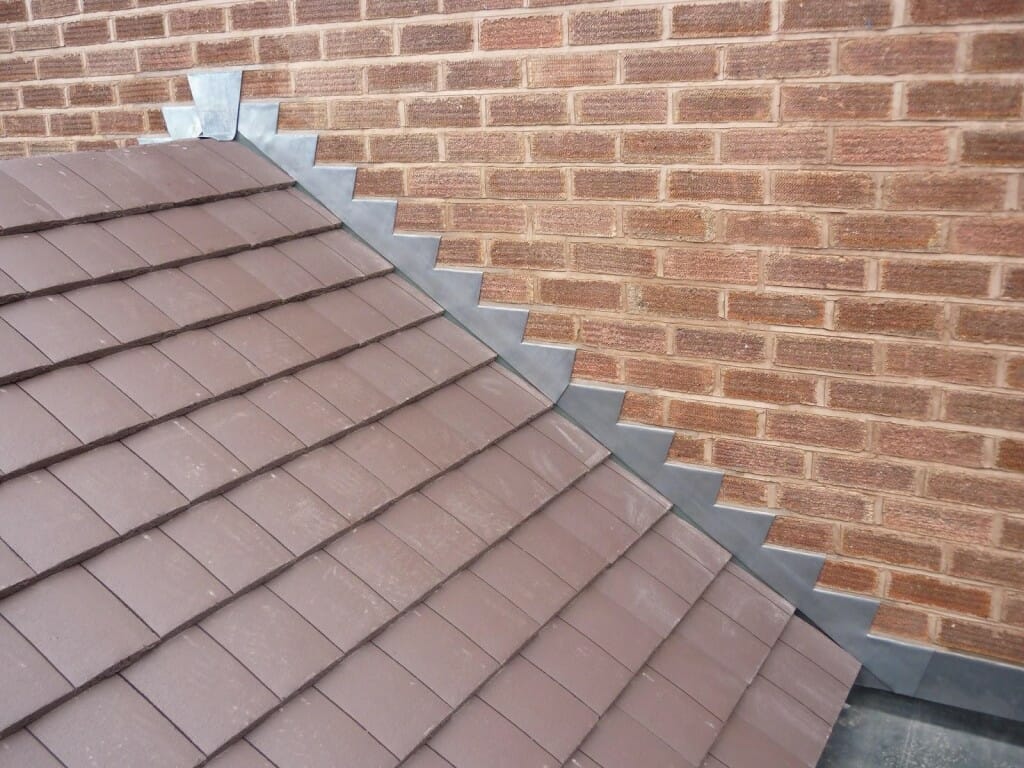Counterflashing formed metal or elastomeric sheeting secured on or into a wall curb pipe rooftop unit or other surface to cover and protect the upper edge of a base flashing and its associated fasteners.
Roof counterflashing definition.
Counter flashing should also be used when roofing meets a vinyl exterior wall surface.
Mcgraw hill dictionary of architecture and construction.
Counter flashing is the final layer of a three part waterproof barrier installed between a roof and a vertical wall or chimney.
The first two layers are called base flashing and step flashing.
Counter flashing is the opposing piece of metal aluminum fabric etc.
A strip of sheet metal often built into masonry and turned down over other flashing.
It is a groove cut within a mortar joint that receives counter flashing meant to cover surface flashing used to deflect water infiltration.
That slips under the actual flashing.
Formed metal sheeting secured on or into a wall curb pipe rooftop unit or other surface to cover and protect the upper edge of the membrane base flashing or underlying metal flashing and associated fasteners from exposure to the weather.
This scenario applies to both chimneys and exterior walls on split level and other similarly designed homes.
Reglet can also refer to the counter flashing itself when it is applied on the surface known as face reglet or reglet flashing.
A strip of sheet metal in the form of an inverted l built into a vertical wall of masonry and bent down over the flashing to make it watertight.
This term can be used in different scenarios however it generally refers to a waterproofing detail that is located along a roof edge over a window or door or any other area that will require waterproofing.
The decorative horizontal molding or projected roof overhang.
Counter flashing is required at any point where a vertical masonry wall meets any type of roofing surface.
Flashing is installed to surround roof features such as vents chimneys and skylights.
Copyright 2003 by mcgraw hill companies inc.
A reglet is found on the exterior of a building along a masonry wall chimney or parapet that meets the roof.








